Yes, it does! If you’ve got roller skating skills, you’re already ahead of the game when learning ice skating. Why? Because both sports share similar fundamentals like balance, weight shifting, and coordination. Your muscle memory from roller skating can make the transition smoother, helping you skip the awkward beginner phase.
But, there are differences to watch out for. Ice is way more slippery than pavement, so you’ll need sharper precision and new techniques for stopping and turning. The good news? With a bit of practice and the right gear (like compact Snowfeet Skiskates), you’ll be gliding on ice in no time.
Here’s a quick breakdown of what carries over and what’s different:
- What Transfers: Core strength, balance, edge control, and coordination.
- What’s New: Slippery ice requires better precision, different stopping methods, and faster weight shifts.
Ready to make the leap? Keep reading for tips, drills, and gear advice to help you glide from pavement to ice with confidence. :)
Professional Rollerblader Tries Ice Skating
How Roller Skating Builds Skills for Ice Skating
Roller skating lays the groundwork for ice skating by strengthening your balance, coordination, and reflexes. It teaches your body to move as one, making the transition to ice skating smoother and more intuitive. Let’s break down how these skills carry over.
Balance and Core Strength
Roller skating is like a balance boot camp. Every stride demands you stay steady on a narrow stance while moving in all directions - forward, backward, and side to side. This constant effort activates your core muscles, including your abs, lower back, and hips. These are the same muscles that keep you upright on ice skates.
The difference is clear when someone with roller skating experience steps onto the ice. They wobble less and skate more, thanks to their core already knowing how to make those subtle, automatic adjustments to prevent falls. Roller skating teaches your body to react quickly and stay stable, giving you a head start when you lace up your ice skates.
By building strength in your core and ankles, roller skating minimizes instability and helps you control your movements on the ice. That solid base makes learning advanced techniques much easier.
Coordination and Muscle Memory
Roller skating and ice skating share many of the same movements. Both rely on your quadriceps, hamstrings, and calves, and the way you push off, bend your knees, and shift your weight is almost identical. This means the muscle memory you develop on wheels transitions naturally to the ice.
Skating rhythm also becomes second nature through roller skating. You learn how to sync your arm movements with your legs, lean into turns, and distribute your weight efficiently - all skills that are just as important on ice.
Roller skating also hones your spatial awareness. You get used to judging distances, anticipating obstacles, and reacting to uneven terrain. On ice, this translates to navigating around other skaters, dodging rough patches, and staying aware of your surroundings.
Edge Control and Weight Shifting
One of the biggest ways roller skating prepares you for ice skating is through edge control. On roller skates, leaning into a turn engages the edges of your wheels to steer - this is almost identical to how ice skate blades work. You learn to trust your edges and understand how small weight shifts can change your direction or speed.
Roller skating also makes weight transfer feel natural. You figure out how moving your weight from your heels to your toes, or from one edge to another, impacts your motion. This is a critical skill for ice skating maneuvers like crossovers, hockey stops, and figure skating spins.
Even the timing of weight shifts becomes second nature. Practicing turns on wheels trains you to trust your edges and shift your weight with precision. The only real adjustment when switching to ice is learning to handle how much more responsive ice feels compared to pavement. But the fundamentals? You’ve already got those down.
Main Differences Between Roller Skating and Ice Skating
Though roller skating lays a great groundwork for ice skating, the two sports have enough differences to surprise even seasoned skaters. Knowing these distinctions can help smooth your transition from wheels to blades.
Blades vs. Wheels: How They Work
The biggest difference? The tools of the trade. Ice skates use slim metal blades that barely touch the ice, while roller skates rely on full-foot rubber or plastic wheels that roll on pavement. This fundamental contrast changes how you move and control your skates.
"Ice skates glide while rollerblades roll on the skating surface", explains SkatingMagic.com.
Ice skate blades are curved, with only a small section of the blade contacting the ice at any moment. This design can make ice skates feel less stable compared to roller skates, which keep all their wheels grounded, offering a steadier base. Stopping is another story. Ice skates don’t come with brakes - you’ll need to master techniques like the hockey stop, where you turn your blades sideways to scrape the ice. Roller skates, on the other hand, often have heel brakes for beginners, though advanced skaters use methods like T-stops or other friction-based techniques.
Speed is also a key difference. Ice’s slippery surface allows for quicker acceleration since there’s less resistance. On pavement, you’ll need more effort to pick up the same pace. These mechanical contrasts set the tone for how the skating surfaces themselves impact your technique.
Pavement vs. Ice: Surface Challenges
The surface you skate on changes everything about how you move. Pavement provides steady grip, while ice demands precision and constant adjustments due to its slick nature.
This difference influences your stance and balance. Ice skating requires a lower, forward-leaning position with deep knee bends for stability. Roller skating, by contrast, allows for a more upright posture. On ice, your weight distribution becomes even more critical. Turning and maneuvering also feel worlds apart. Roller skates - especially those with longer frames - make wide, deliberate turns that need more effort. On ice, the slippery surface makes sharp, quick direction changes much easier.
"On inline skates, it feels like you're rolling mostly in straight lines, and turning does take a bit of effort especially if the chassis is longer. But slidey ice makes it many times easier to make fast, sharp arcs and to change directions", says SkatingMagic.com.
Adapting to these surface challenges is key to improving your technique on the ice.
Safety Gear and Risk Factors
Skating surfaces don’t just affect performance - they also influence safety. Each sport comes with its own risks and protective gear needs. Roller skating often happens on hard surfaces like concrete or asphalt, where falls can lead to scrapes, bruises, or impact injuries. Standard safety gear includes helmets, knee pads, elbow pads, and wrist guards.
Ice skating presents different risks. While the ice may seem like a softer landing compared to pavement, the higher speeds and sharper responsiveness can result in more dramatic falls. Plus, the cold environment means you’ll need to dress in layers to stay warm without restricting movement. Sharp skate blades also introduce the risk of cuts during falls or collisions, making proper instruction and supervision critical for beginners.
Although both sports require practice, ice skating’s faster pace and slippery surface can make it easier to lose control. That said, experience in roller skating often helps new ice skaters by giving them a solid grasp of balance and movement basics. Understanding these differences is essential for making a smooth transition from roller to ice skating.
sbb-itb-17ade95
Tips for Moving from Roller Skating to Ice Skating
Switching from roller skating to ice skating might seem like a big leap, but it’s actually pretty manageable. Your roller skating skills give you a solid base to work from, and with some focused practice, you’ll be gliding across the ice in no time.
Off-Ice Balance and Edge Drills
Before you hit the rink, it’s a good idea to work on your balance and edge control. Start simple: practice standing on one leg on solid ground. Hold each leg up for about 30 seconds, keeping your core tight. This simulates the weight shifts you’ll need when skating on ice.
You can also use your roller skates to practice edge work on smooth pavement. Try leaning into turns while keeping a steady, centered stance. This helps you get used to the feeling of pressing into your inside and outside edges - a key skill for ice skating.
A balance board, like a wobble board, is another great tool. Spend 10–15 minutes a day on it to build ankle stability and train your body for the quick adjustments ice skating requires.
For extra practice, try stationary edge holds. Stand on one skate, lift the other foot, and balance on the inside or outside edge of the standing skate for about 10 seconds. Gradually work your way up to 30 seconds. These drills strengthen the muscles you’ll need for controlling your edges on the ice.
Adapting Roller Skating Moves for Ice
Many roller skating moves translate directly to ice skating, but you’ll need to tweak a few techniques. For example, stopping on ice is different since you don’t have heel brakes like on roller skates. Instead, practice a snowplow stop by angling your toes inward and pressing your inside edges into the ice. This mimics the proper stopping technique for ice skating.
Turns on ice require quicker weight shifts than on wheels. To prepare, practice making shorter, faster turns on your roller skates. This will help you adjust to the smoother, more responsive feel of the ice.
Gliding on ice often involves longer, more effortless strides. To get ready, practice one-foot glides on your roller skates, gradually extending the length of each glide. This builds the balance and strength needed for those smooth, sustained glides on ice.
Crossovers are another move that works on both surfaces, but on ice, they tend to happen faster. Focus on quick weight transfers and smooth leg movements during your roller skate crossovers. This will help you develop the muscle memory needed for ice skating crossovers.
Exercises to Smooth the Transition
Certain exercises can help bridge the gap between roller skating and ice skating. Plyometric drills, like small jumps and quick direction changes, are fantastic for building the explosive power you’ll need on the ice. Lateral hops and quick stops are especially useful for improving your responsiveness.
Don’t forget about your core - it plays a huge role in maintaining balance on the ice. Add planks, Russian twists, and stability ball exercises to your routine. A strong core helps you hold a low, balanced skating stance and make those constant balance adjustments while you’re gliding.
With these tips and exercises, you’ll be well on your way to mastering the ice. Just remember, patience and practice are your best friends in this transition!
Why Snowfeet* Skiskates Work Best for Ice Skating Beginners
Making the leap from roller skating to ice skating? Snowfeet* Skiskates might just be your perfect match. These nifty little skates are designed to transform your roller skating skills into smooth, confident movement on the ice. Think of them as the bridge between two exciting worlds - roller skating and winter sports. Their design focuses on simplicity and mobility, making them an ideal choice for beginners.
Compact Design and Easy Setup
At just 15 inches long, Snowfeet* Skiskates are compact enough to fit in your backpack and light enough to carry anywhere. No need for bulky gear or complicated setups - they work with your regular winter shoes or snowboard boots. Whether you're heading to a nearby ice rink or a snow-covered hill, you can grab them and hit the snow in no time.
Unlike traditional ice skates that require precise fitting and specialized boots, Snowfeet* Skiskates keep things simple. Just strap them onto your winter shoes, and you’re good to go. No extra investments, no fuss. This simplicity makes them especially appealing for roller skaters who already know how to balance and move. Plus, the adjustable bindings mean they can fit various shoe sizes, so everyone in the family can give them a try.
Snowfeet* vs. Regular Skis and Snowboards
When compared to traditional skis and snowboards, Snowfeet* Skiskates come out ahead in ease of use, portability, and compatibility with everyday footwear. If you've ever felt intimidated by the steep learning curve of skiing or snowboarding, you'll appreciate how quickly you can get the hang of skiskating.
| Feature | Snowfeet* Skiskates | Regular Skis/Snowboards |
|---|---|---|
| Learning Time | Quick and beginner-friendly | Longer, often requires lessons |
| Equipment Requirements | Works with winter shoes | Requires special boots |
| Usable Terrain | Multiple terrains | Mostly ski slopes |
| Cost to Get Started | From $250 | $500–$1,500+ (with boots) |
Another standout feature is their versatility. While traditional skis and snowboards often confine you to specific slopes and conditions, Snowfeet* Skiskates can be used on a variety of terrains. Start small on gentle hills to build your confidence, then tackle steeper slopes as you improve. They’re perfect for practicing balance and edge control without the pressure of formal lessons.
Snowfeet*'s Vision for Winter Sports
Beyond their technical perks, Snowfeet* Skiskates are changing the way people think about winter sports. Founders Zbynek and Michael are on a mission to make winter activities more accessible. They believe the industry has made things overly complicated, and they’re here to simplify it.
Their vision? To establish skiskating as a new winter sport - maybe even see it make its way to the Olympics one day. They’re challenging the long-held belief that longer skis equal better performance, arguing instead that shorter skis offer more freedom and fun on the snow.
This philosophy resonates with the roller skating community’s emphasis on inclusivity and enjoyment. Just like roller skating welcomes people of all ages and skill levels, Snowfeet* Skiskates aim to break down the barriers that have kept many from trying winter sports. With these skates, you don’t need expensive lessons, fancy gear, or access to exclusive resorts. You can start right in your neighborhood, building on the balance and coordination skills you already have.
Snowfeet* Skiskates open the door to a whole new world of winter fun while respecting and building on the skills you’ve already mastered. They're not just a piece of equipment - they’re an invitation to explore, play, and enjoy the snow in a way that feels approachable and exciting.
Conclusion: Connecting Roller Skating and Ice Skating
If you've spent time roller skating, you're already a step ahead when it comes to learning ice skating. Skills like core strength and edge control give you a head start on the ice and boost your confidence.
That said, transitioning from wheels to blades isn't without its quirks. As Paul Butler from Skater's Dad puts it:
"Roller skating skills, both good and bad, translate to ice skating. If you are comfortable with roller skating, it's easier to get around the floor for a beginning ice skater."
But stepping onto the ice means adapting your techniques to a much slicker surface. It may feel strange at first, as Marcel Shockey from Marcel Shockey School explains:
"Returning to the ice after rollerblading can feel off."
The narrow blades and slippery ice create a completely different sensation compared to the stability of roller skate wheels on pavement.
To make this transition smoother, Snowfeet* Skiskates offer an easy way to bridge the gap. These compact 15-inch skates, priced at $250, let you practice balance and edge control on snow while wearing your regular winter shoes. Unlike traditional ice skates, which require specific boots and blade fittings, Snowfeet* Skiskates simplify the process. They're ideal for roller skaters looking to ease into winter sports without the hassle of formal lessons or pricey gear.
With Snowfeet* Skiskates, you can build on the coordination and balance you've already honed while exploring the unique thrill of gliding on ice. Whether you decide to move on to traditional ice skating or find a new favorite activity in skiskating, your roller skating background gives you a solid foundation to grow and enjoy winter sports in a whole new way.
FAQs
Can roller skating help improve your balance and coordination for ice skating?
Roller skating is an awesome way to gear up for ice skating! It helps you develop balance, coordination, and strengthens those all-important leg muscles. Plus, it sharpens your edge control and boosts your overall body awareness - key ingredients for staying steady and confident when you hit the ice.
The movements and muscle use in roller skating are very similar to ice skating, making it easier to transition between the two. When you're gliding on wheels, you're already training your body to handle the weight shifts and smooth motions needed for ice skating. And if you're just starting out or want to refine your skills, Snowfeet Skiskates are a great option. They're compact, beginner-friendly, and let you practice the basics without the hassle of traditional skates or skis.
What are the best exercises to help transition from roller skating to ice skating?
To make the leap from roller skating to ice skating, it’s all about honing similar skills through focused drills. Try working on hourglass turns to sharpen your edge control, lane changes to boost your agility, and stomp turns to get comfortable with quick directional shifts. These exercises are great for building the balance, coordination, and muscle memory that ice skating demands.
If you’re just starting out, using tools like Snowfeet Skiskates can make a big difference. Their compact and user-friendly design offers a simpler, more portable way to get the hang of ice skating basics without the hassle of traditional skates or heavy snow gear.
Are Snowfeet Skiskates easier for beginners to use than traditional ice skates or snowboards?
Snowfeet Skiskates are a fantastic option for beginners. Their compact design gives you better stability and a lower center of gravity, making it much easier to keep your balance compared to traditional skis or snowboards. Plus, their shorter length means fewer wipeouts and a simpler, more intuitive way to learn basic moves - perfect for easing into the sport without feeling overwhelmed.
Another big plus? They’re lightweight and super portable. Unlike clunky ski or snowboard setups, you can take these skiskates just about anywhere without a hassle. If you’re new to skating or just want a gentler introduction to winter sports, Snowfeet Skiskates make that transition way more approachable.







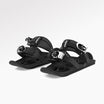
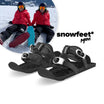
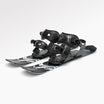
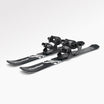

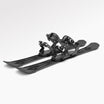

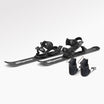







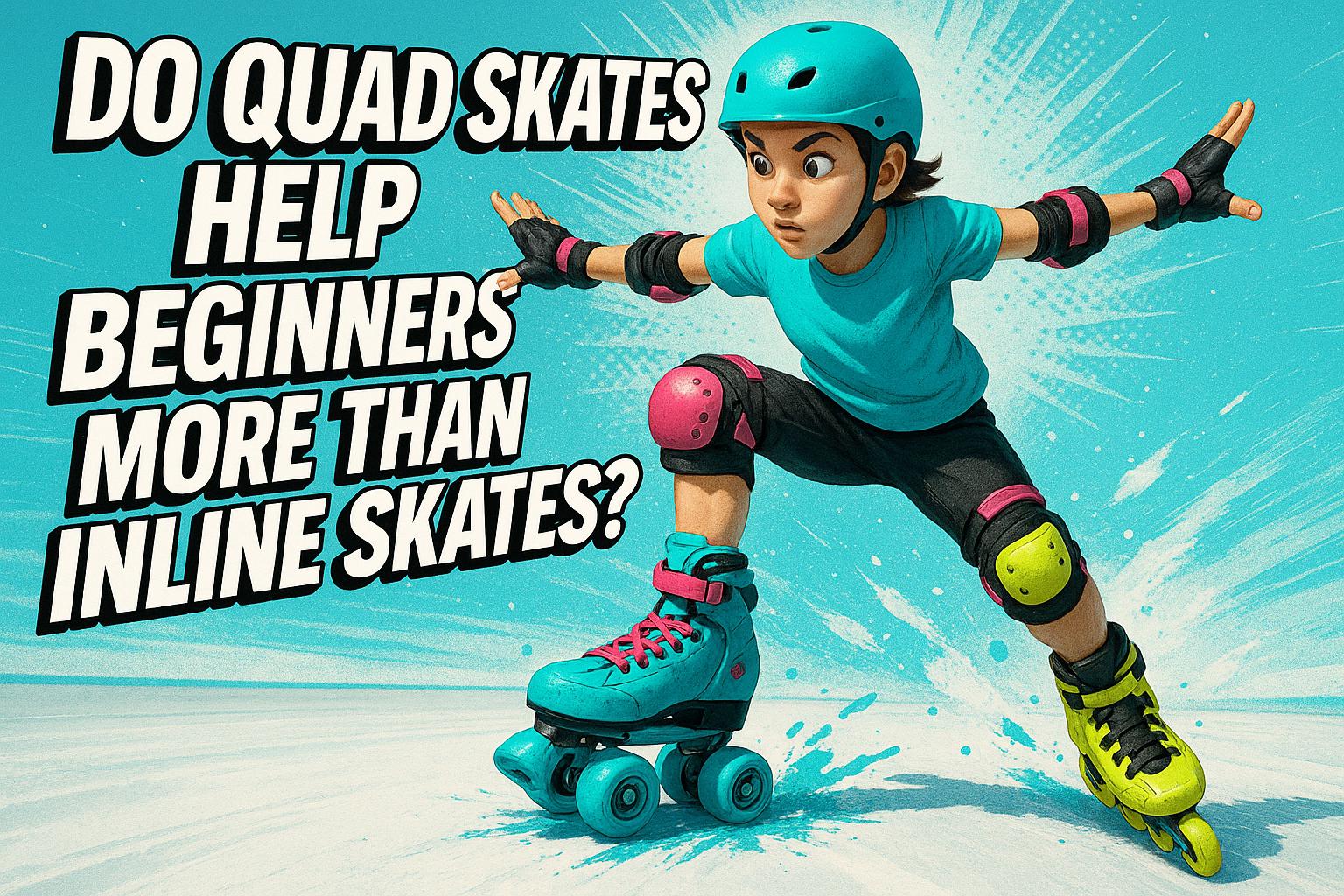
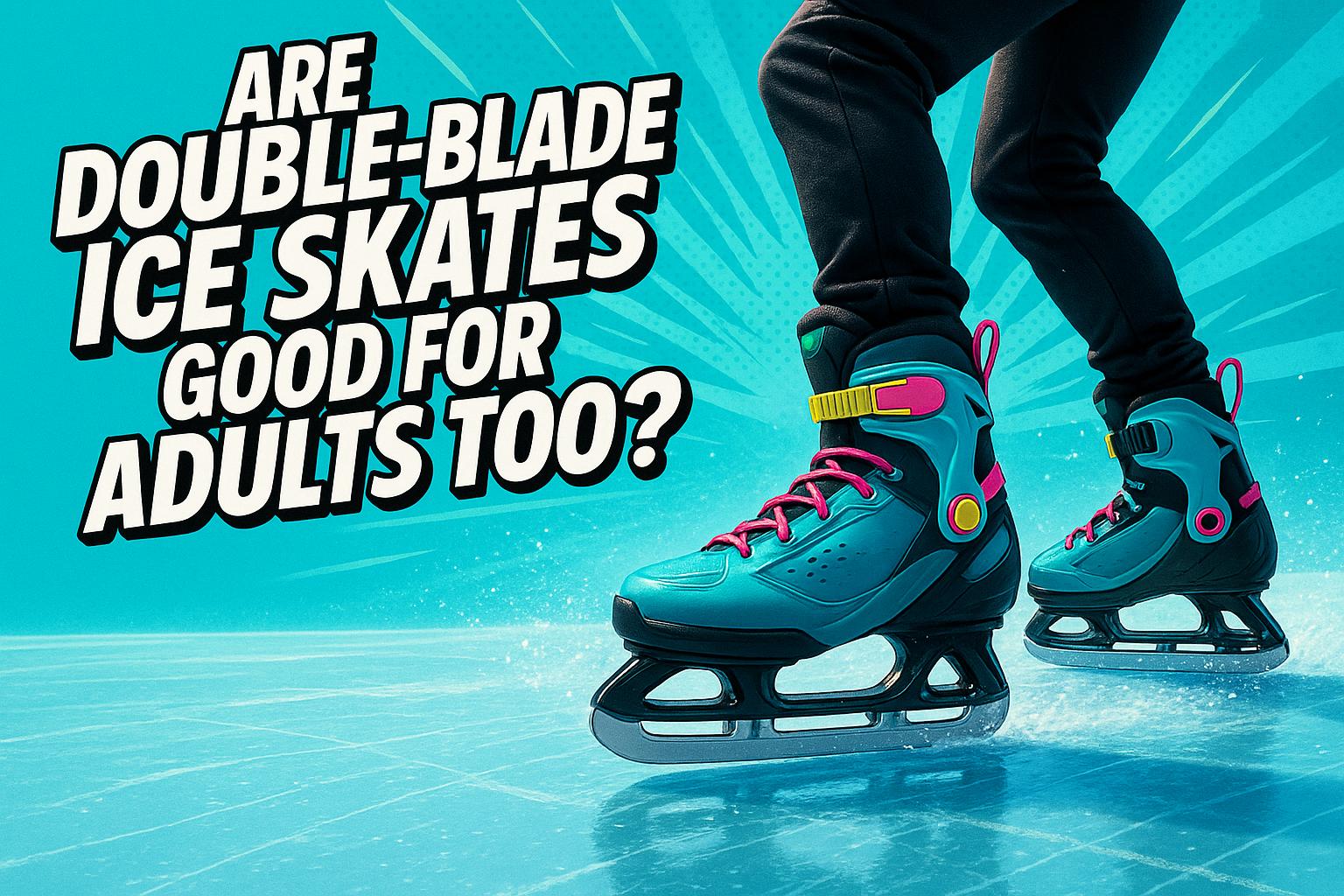




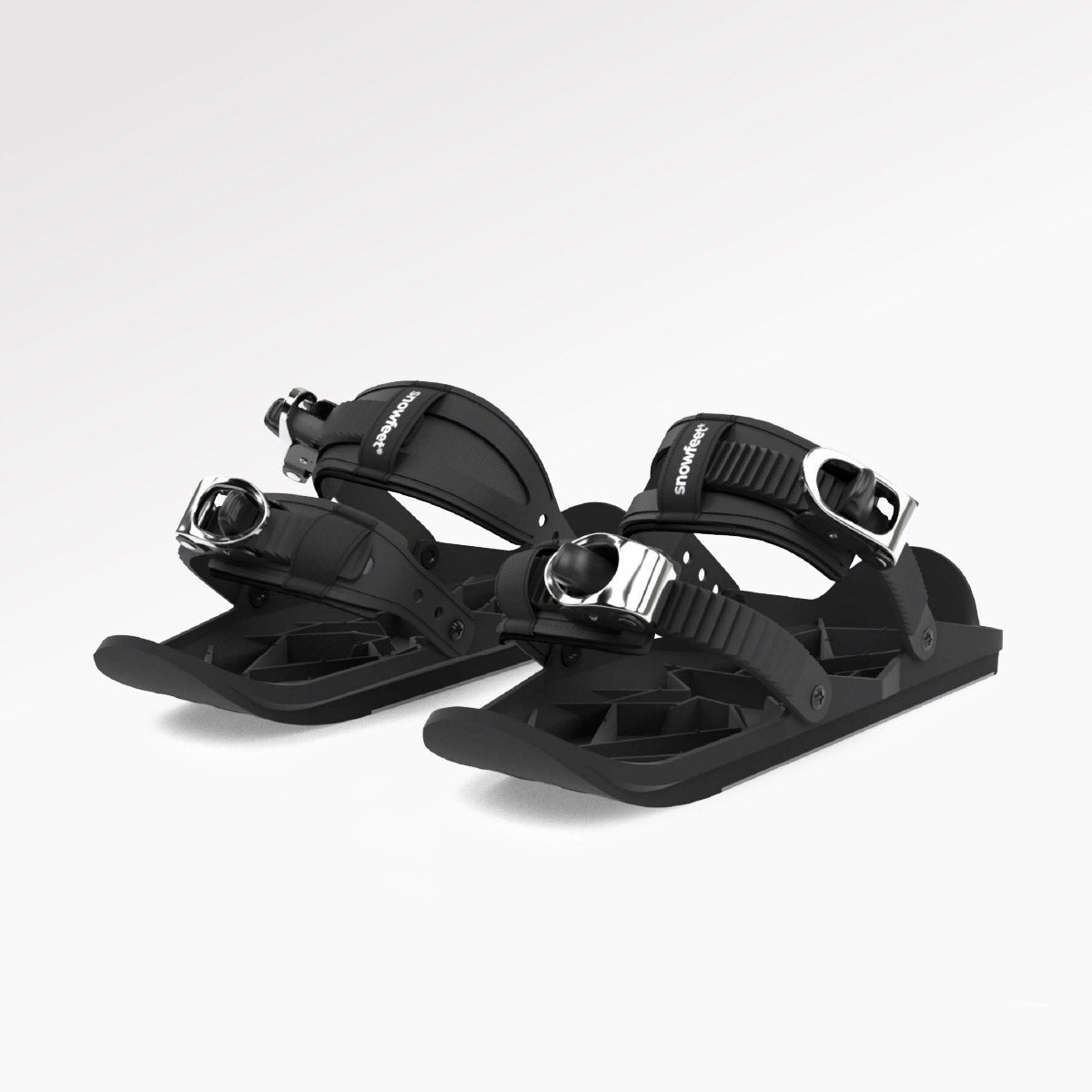
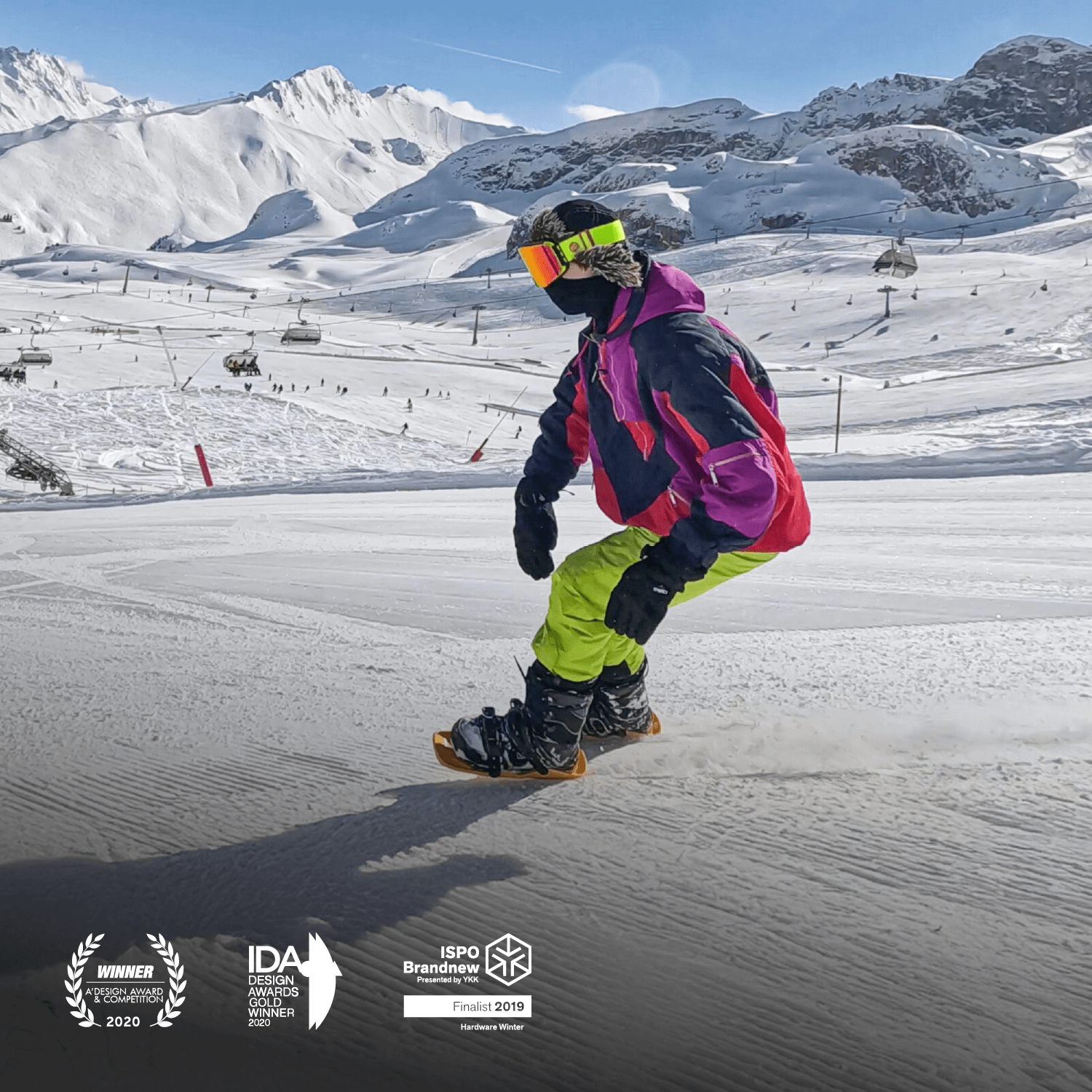
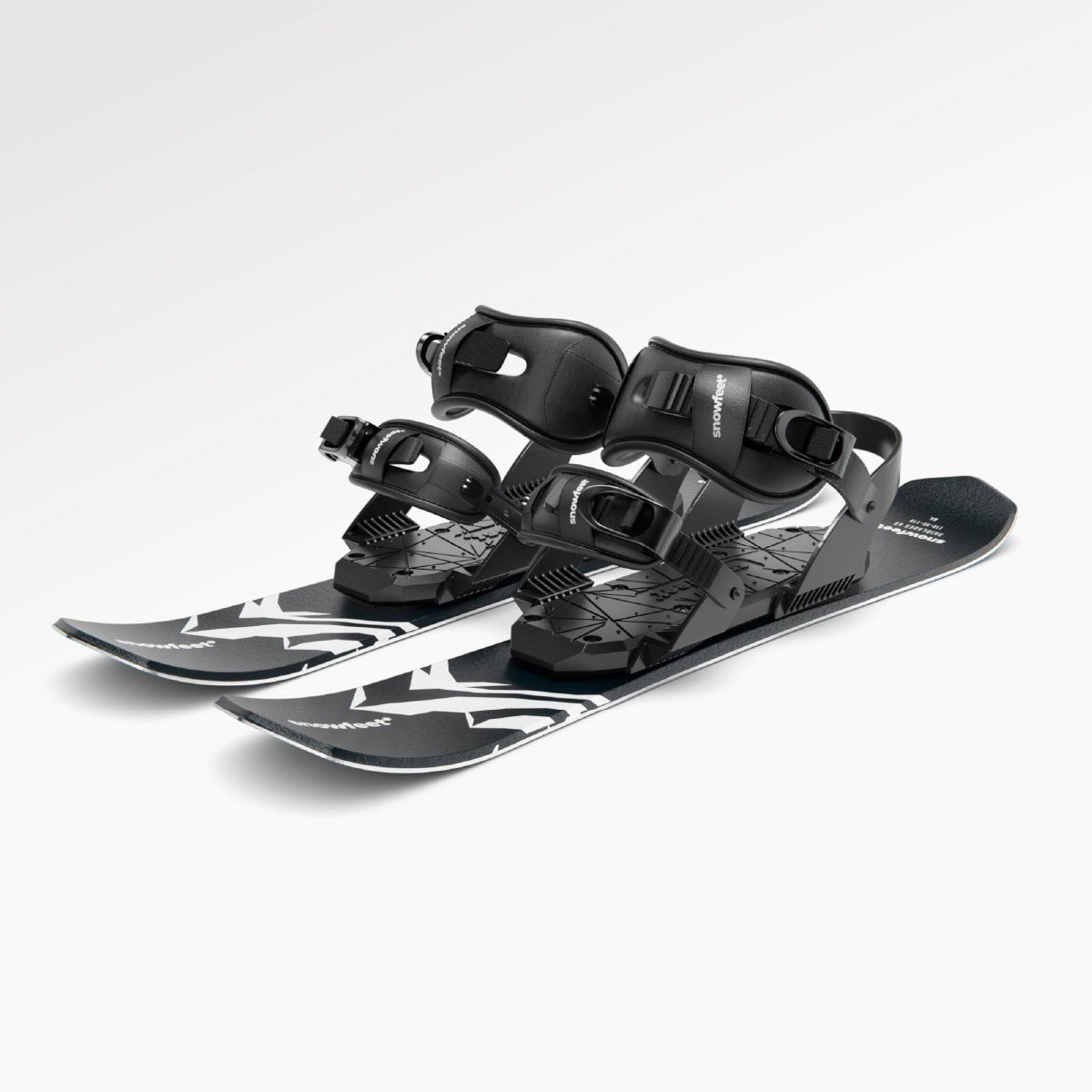

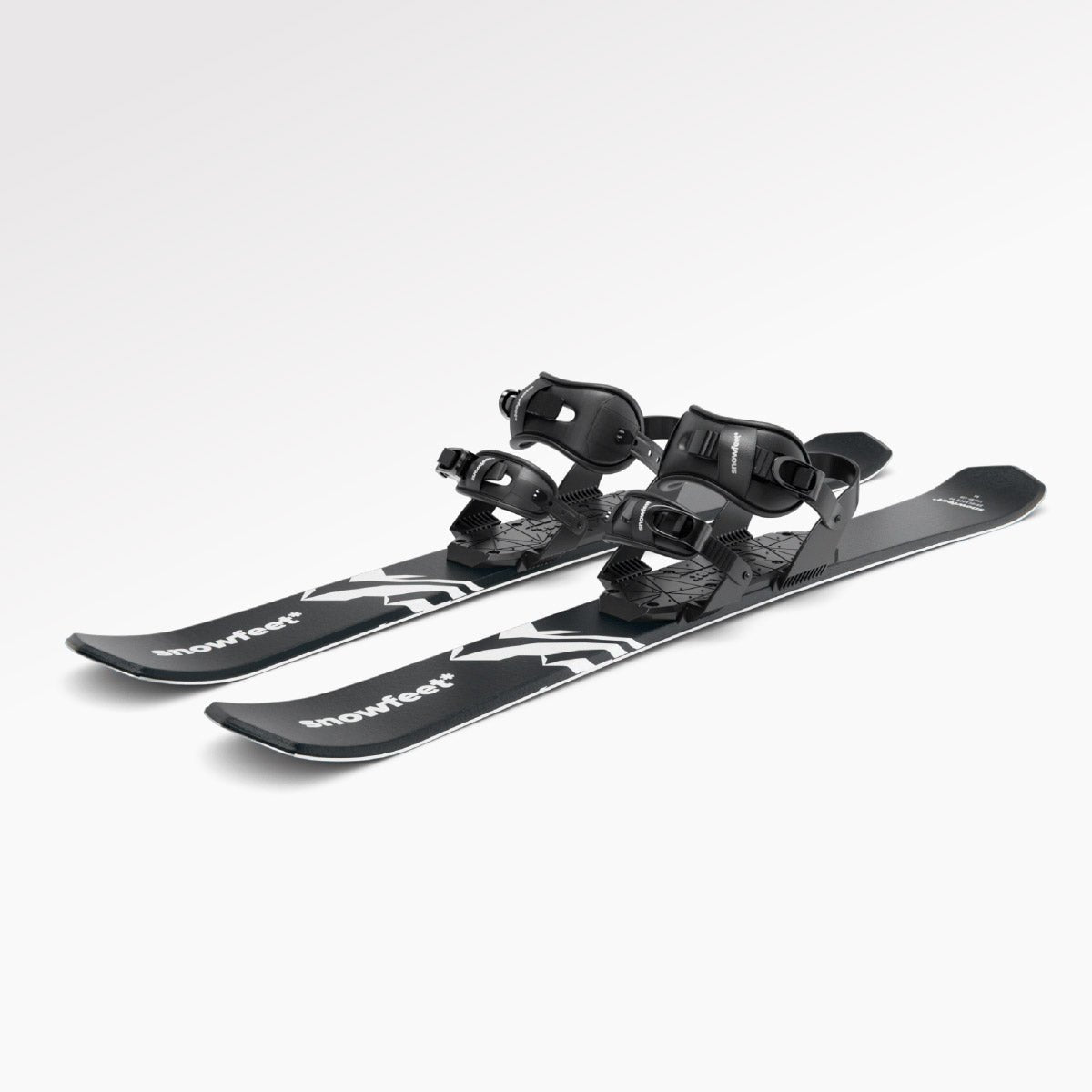

Оставить комментарий
Этот веб-сайт защищается hCaptcha. Применяются Политика конфиденциальности и Условия использования hCaptcha.